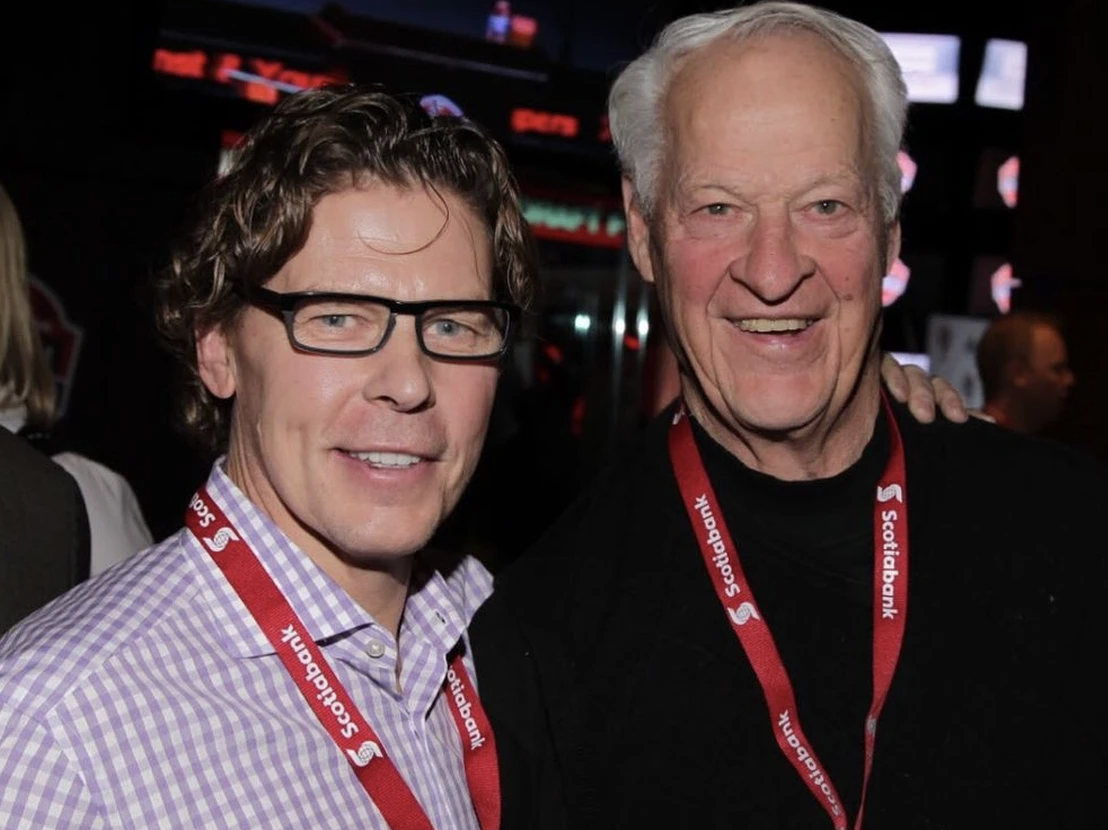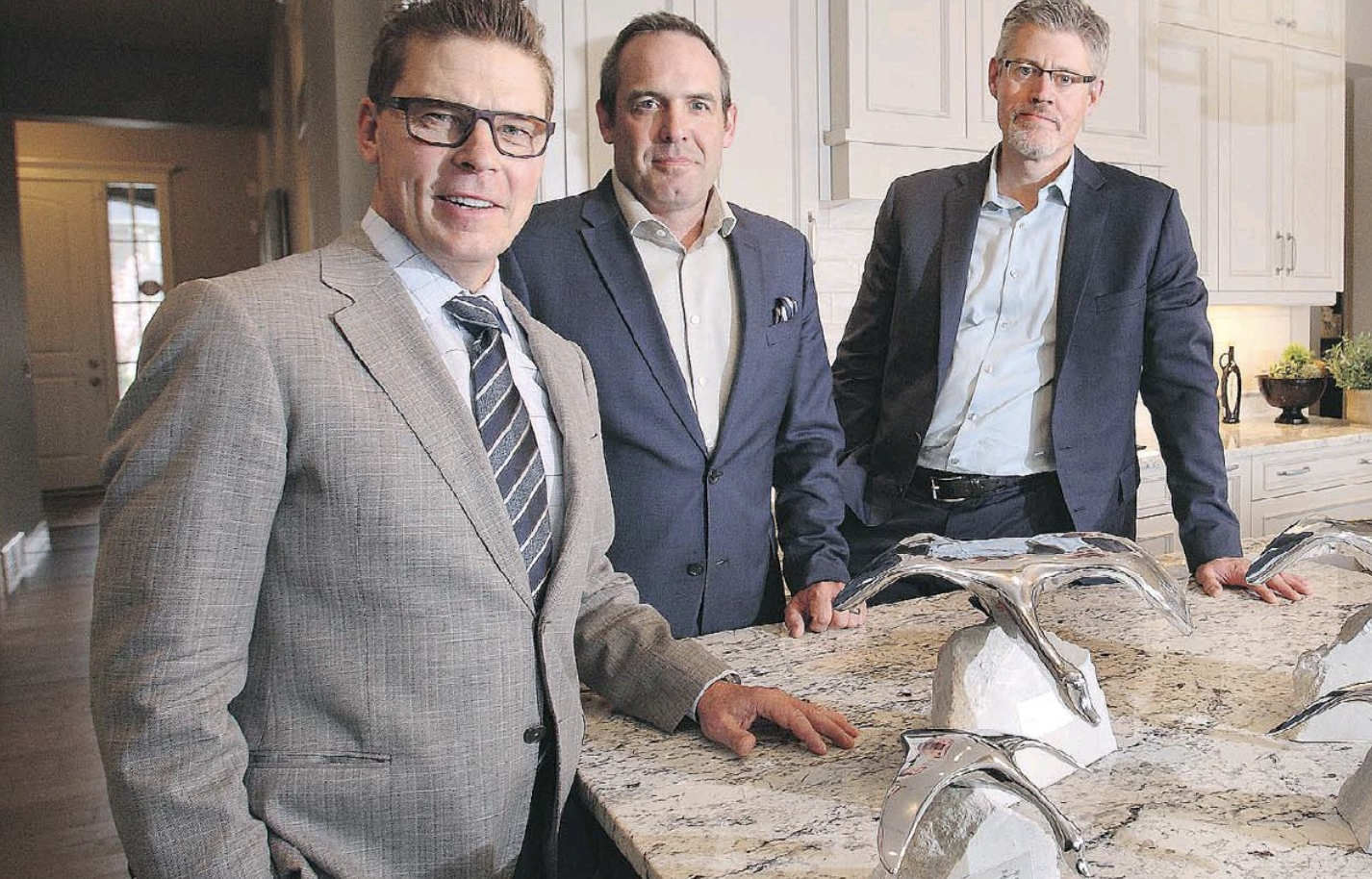Great customer experiences start with kindness.
How might kindness be the key to increasing your customer base and loyalty?
This is my third article in a series exploring three categories of organizational kindness with associated benefits, we have defined as: Inward-Facing (organizational culture), Outward-Facing (reputation & sales), and Design (products & services).
This article focuses on Outward-Facing – Reputation and Sales. Make sure to check out the other two articles in this series by clicking on the above hyperlinks.
Outward-facing - Reputation and Sales
Notice ‘reputation’ comes before ‘sales.’ It is logical that having a great reputation is fuel for your bottom line. But the game-changing benefits don’t just come from good marketing. Including kindness as a core value means understanding and focusing on the customer journey, using your organization to positively affect the community in which you operate, transparency and accountability for mistakes, and customer service that ‘actually’ services customers. Putting financial resources behind being customer-focused may not make sense in the short-term, yet it fosters customer retention and builds an army of walking billboards for your organization.
As a continuation of J5’s journey to prove the case for kindness as an organizational competitive advantage, we were excited to spend some time with Allan Klassen, Chief Experience Officer for Brookfield Properties Development, which develops and operates real estate investments on behalf of Brookfield Asset Management — one of the largest alternative asset managers in the world.
I first met Allan through my work with Gordie Howe Centre for Alzheimers Research and Education Society, a Calgary based non-profit dedicated to supporting caretakers of people living with dementia, of which Allan was Chairman of the Board. Allan embodies a unique balance of being business-minded with also being a genuinely kind human being. He understands that emboldening your bottom line and helping people are not mutually exclusive.
Customer interaction
With Allan’s guidance, Brookfield Properties is undergoing a very intentional culture shift around how they interact with customers. This shift is predicated on 4 key pillars: Authenticity, Ease, Quality, and Caring. This translates to transparency and ownership of mistakes, making things simpler for the customer, producing a quality the customer can feel, and creating a culture of service, empathy, and kindness.
“We’re moving from a transactional mindset to a relational mindset,” says Klassen, “the feelings people have last a lot longer than the cheques people write.” He continues, “Purchasing a home is stressful and important. The emotional rollercoaster people go through is intense. And it is important how they end up speaking about the company.”
Allan’s goal is to better understand the hearts and minds of Brookfield’s customers to develop a more human-centered customer journey. “Customer experience is a mindset and action. You have to be intentional about it.”
Emotional creatures
Earlier this month, Gallup posted an article on brand preference and how customers make decisions that corroborates Allan’s theories about the competitive advantages of kindness.
What drives customers to choose or stay loyal to a brand? We often assumed that people are rational actors, basing decisions in perceived costs and benefits. According to Gallop, this is only the case about 30% of the time. As it turns out, humans are emotional creatures, with what Gallop has estimated at 70% of decisions based on emotional factors – which is supported by a body of evidence.
This 70/30 split is based on two studies, one of which involved fMRI brain scans of customers with high brand engagement that measured the emotional centers of the brain (particularly associated with passion). It turns out that feelings we would associate with kindness, feeling valued, welcome, trust, play a very large part in customer decision making.
Benefits of gearing customer interactions with kindness
According to a Forbes article on the benefits of kindness, the main veins of gold you tap into by injecting kindness into your customer journey is increased brand loyalty and virality/reach. When your customers come away from an interaction with those warm, oxytocin and dopamine-based feelings, shockingly, they want to continue interacting with you and spread the good word about your organization among their networks. It builds a trust that is fuel for continued patronage.
Allan has seen many benefits from their move toward kindness. Notably, a reduced customer acquisition costs. Great reputation drives market share. Instead of relying solely on marketing, Brookfield is strategically filling the funnel from the bottom by focusing on the emotional journey their customers experience. They deliver service their customers is such a way that their customers become their marketers.
Klassen also notes that the upkeep on a customer when delivering a quality product in a transparent and kind way is about 5x less expensive when the customer is happy and feels valued. “If you build trust and a good product, costs will be less when customers move into their homes.” Brookfield has also notices saving in the cost of delays through transparency and setting expectations. “We are trying to create a level of transparency unseen in this industry.”
Brookfield has gone from 50th percentile in customer experience to around 75th. The journey to restructure such a large company around a new set of ideals isn’t something that happens overnight - “We’re not there yet, but we’re making progress!” says Klassen.
Challenges
This culture shift is not without its challenges. You don’t see immediate correlation between spending on customer experience and bottom line. It takes brave, courageous people to lead with more emotive metrics than technical metrics.
It is also difficult to create understanding about processes built around kindness. Especially if someone is stuck on the technical side and you need them to understand there is a human side to every role and action.
Different organizations will have different challenges to overcome. For example, Brookfield outsourcing much of their work to external partners. This creates an additional challenge as to build this culture of kindness as they must work to align external contractors and stakeholders to their DNA and values.
How to steer toward kindness?
We model policies and culture on those who have already taken these first steps toward kindness. “It doesn’t start with your customers,” says Klassen, “it starts with your people.”
Brookfield is working toward building a culture based in kindness by leaning into empathy, relationship building, and understanding the perspective of others. The goal is to have this built into the DNA and felt by every level of the company. “It’s got to be authentic… and that’s what we want to do.”
Make the experience of your customers your top priority, build trust through honesty and transparency, bring quality products and services, and take care of your employees so your employees will take care of your customers.
Aligned on kindness
By shining a light on companies like Brookfield Properties Development and people like Allan Klassen, we hope to inspire others to join us on making kindness a priority in the organizations that build our tomorrows. The best way we can affect this change is by modeling the values we want to see in our community and shine light on those who are walking the same path.
“All I can tell you is that when you demonstrate vulnerability and empathy, when you can create that relationship with all people, the world will be a better place, people will want to work with you, and your business will do better.” – Allan Klassen
The benefits of kindness are out there for those who are bold enough to embrace it.


